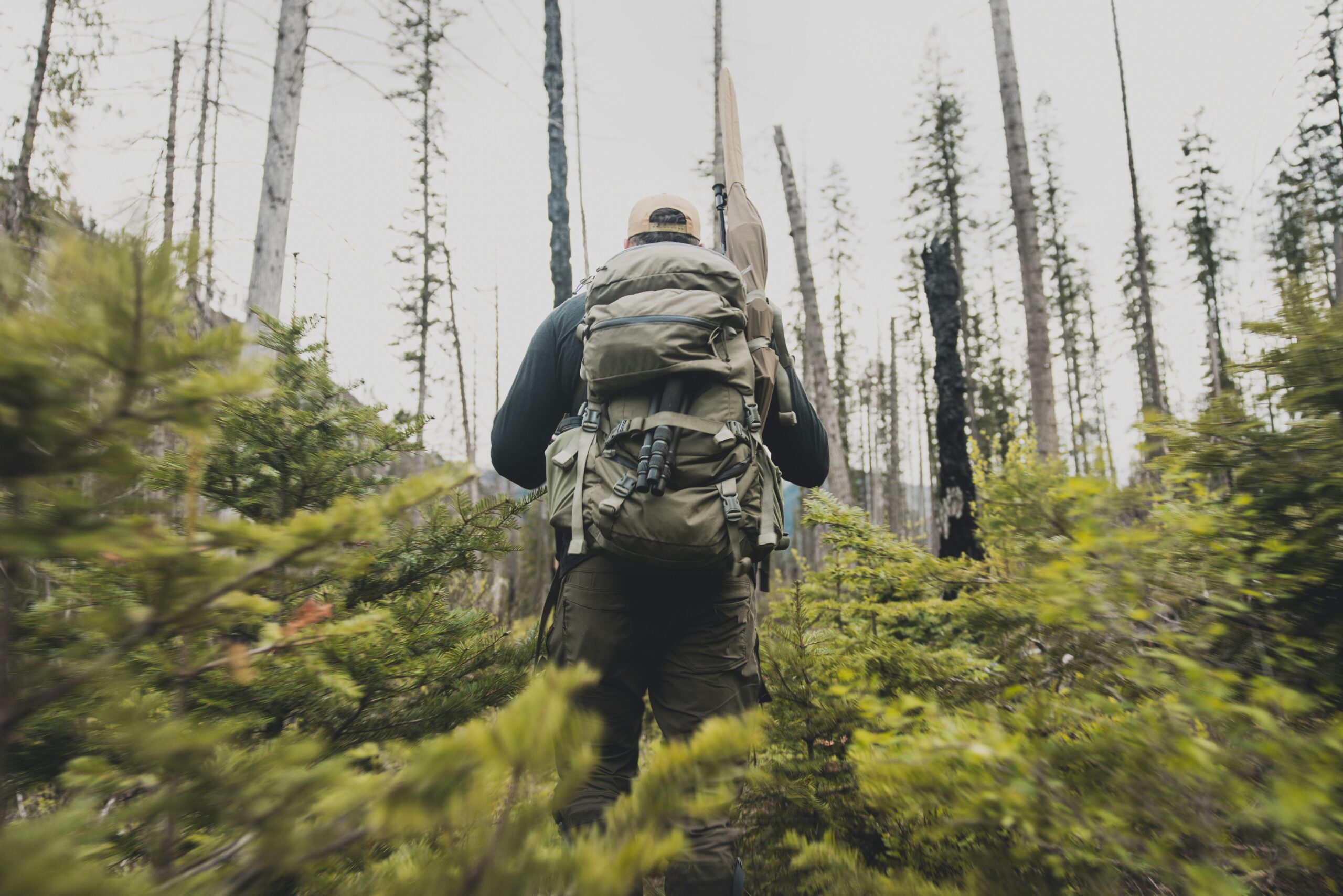Spring is a time of renewal in the outdoors, as the woods, fields, and forests begin to come back to life. However, as the vegetation starts to grow, it also brings one of the most significant challenges for hunters—navigating through thick, dense foliage. Whether you’re hunting deer, turkey, or any other game, the new green growth can make it difficult to move stealthily, spot game, and accurately assess the area. Fortunately, with the right strategies and techniques, hunting in thick spring cover can still be highly effective.
This guide will take you through the best practices for hunting in dense spring cover, offering tips on how to maximize your success when navigating the woods or field in full bloom.
1. Understand the Impact of Spring Foliage on Animal Behavior
Before heading out, it’s essential to understand how thick foliage influences the behavior of both the game you’re pursuing and yourself. As trees and underbrush begin to leaf out, they offer game species both shelter and a more abundant food supply. This makes spring a critical time for hunting, but it also means animals are likely to be more spread out and less reliant on trails.
- Deer: In thick spring cover, deer tend to be more cautious and move slowly through dense vegetation. They will use the foliage for cover, making it difficult to spot them at a distance.
- Turkey: Wild turkeys also rely on dense cover for roosting and feeding. They are likely to be found in areas with a mix of dense underbrush and open spaces where they can move quickly and hide if they feel threatened.
By understanding these behavioral changes, you can tailor your approach to increase your chances of success.
2. Use the Right Hunting Tools and Gear
Hunting in dense spring cover requires some specific tools and gear to help you navigate the environment more effectively. Here are some essentials to consider:
- Camouflage Clothing: Ensure your clothing matches the spring foliage to blend in seamlessly with your surroundings. The varying shades of green, brown, and gray are key to blending in effectively. Camouflage that mimics the natural environment of spring, with its vibrant greens and leafy textures, will make it harder for animals to spot you.
- Binoculars with a Wide Field of View: Dense foliage can make it difficult to spot game, especially at longer distances. Binoculars with a wide field of view can help you quickly scan through the thick brush and identify movement in the distance.
- A Good Knife or Machete: Sometimes, navigating dense cover means you have to clear your path. Having a sharp knife or machete can allow you to cut through thick brush, clear shooting lanes, or make a trail to your stand.
- Quiet Footwear: Stomping through thick brush can create noise that alerts animals. Opt for quiet, soft-soled boots that minimize noise as you move through the underbrush.
3. Scout and Plan Your Route in Advance
When hunting in thick cover, your best chance for success begins long before you set foot in the field. Pre-scouting the area during the off-season or in the days leading up to your hunt will give you insight into where game may be traveling and where cover is dense.
- Look for Game Trails: Even in thick vegetation, game animals will often create pathways they follow frequently. These trails are often worn down through repeated movement, and you can use them to track animal movement. Scouting these trails before your hunt will give you a head start in narrowing down where to focus your efforts.
- Focus on Transition Zones: In the spring, animals often move between feeding areas, bedding sites, and water sources. Focus on transition zones where thick cover meets more open spaces like fields, meadows, or water sources. These areas are natural funnels for animals and are key locations for hunting.
- Know the Wind Direction: Dense cover can hide your scent to some extent, but it’s still important to stay aware of wind direction. Always approach from downwind to prevent animals from catching your scent, which is one of the easiest ways to ruin your hunt.
4. Slow Down and Move Stealthily
When hunting in thick spring cover, patience is key. You need to move slowly and deliberately to avoid making noise that could alert game. Take deliberate steps, scanning your surroundings frequently for signs of movement, fresh tracks, or animal signs.
- Use the “Stop and Look” Method: When walking through thick brush, stop every few steps and look around. Listen carefully for sounds of movement, whether it’s the snap of a twig or the rustle of leaves. Deer, turkeys, and other game can be very quiet, so stopping and scanning frequently can give you a chance to spot them before they spot you.
- Move Quietly: Avoid unnecessary noise, such as kicking up sticks or walking through brush loudly. Even slight noises can alert wary animals, especially when they’re in dense cover. Keep your movements smooth and quiet, avoiding sudden or jerky motions.
5. Positioning and Shot Placement in Thick Cover
Shooting through dense cover presents a different set of challenges. Game animals often seek refuge in areas where they are partially concealed, making it difficult to get a clear shot.
- Clear Shooting Lanes: If you’re hunting from a stand or blind, take time to clear a shooting lane through the vegetation. This doesn’t mean cutting down everything in your path, but rather ensuring that you have an unobstructed view of likely travel corridors or feeding areas. You don’t want to be caught off-guard when an animal steps into view.
- Use Your Senses: In thick foliage, hearing and scenting play a big role in identifying animal presence. Listen for subtle movements, like crunching leaves or branches breaking underfoot. Many hunters find that using their hearing is just as important as relying on sight in thick spring cover.
- Be Ready for Close Shots: In dense foliage, game is more likely to appear unexpectedly at close range. Be ready for fast, close shots, especially when hunting turkey, which can pop out of thick brush without warning. Be sure your bow or rifle is ready and you can take the shot quickly when the opportunity arises.
6. Be Aware of the Terrain
The spring growth may conceal uneven or difficult terrain, such as rocks, mud, or fallen trees, which could make movement challenging. Be mindful of your surroundings and stay aware of the terrain you’re traversing. Step carefully, especially when trying to move quietly, as you don’t want to risk tripping or stumbling.
7. Utilize Calls and Decoys
When hunting in dense spring cover, game animals might not see you, but they can certainly hear you. This is where using calls (for turkey, deer, or other species) and decoys becomes especially helpful.
- Turkey Calls: If you’re hunting turkey, using a variety of calls—like yelps, clucks, and purrs—can help draw birds into your area. In spring, turkey calls can be especially effective in attracting gobblers from a distance, who are actively searching for mates.
- Deer Grunts or Bleats: For deer hunting, using grunt calls or doe bleats can draw animals closer, especially during the pre-rut or rut period.
Conclusion
Hunting in dense spring cover requires patience, careful planning, and a heightened awareness of both the environment and animal behavior. By understanding how to move quietly, scout the area effectively, and use the right gear, you can significantly improve your odds of success. While spring foliage presents challenges, it also offers opportunities for skilled hunters to thrive. With these techniques, you can navigate the thick cover and maximize your chances of landing that trophy hunt. Happy hunting!


